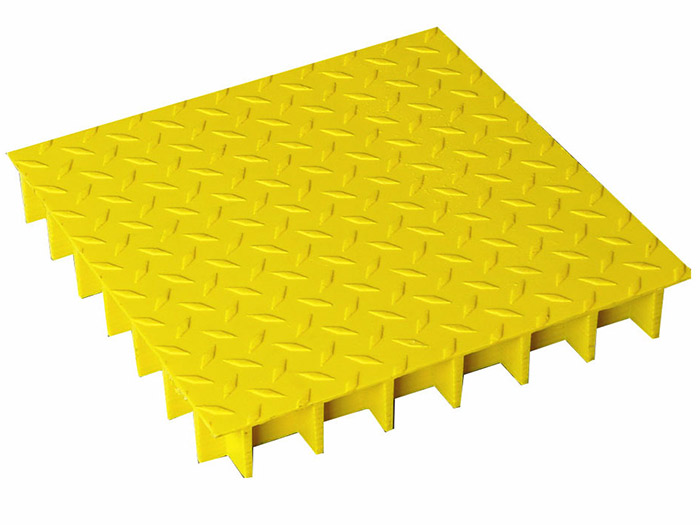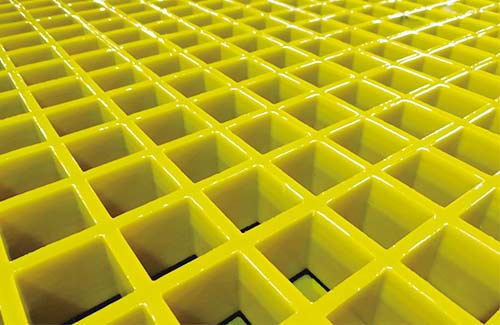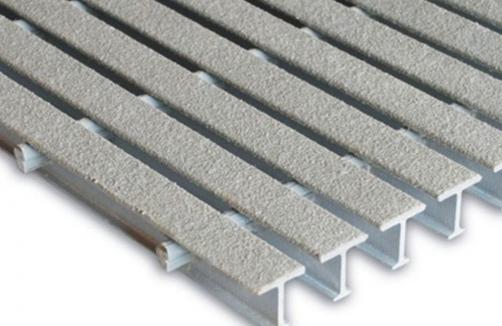FRP Grating: The Ultimate Guide to Strength, Durability, and Versatility
What is FRP grating, and why is it becoming the preferred choice for a wide range of industrial applications? Fiber Reinforced Polymer (FRP) grating is a composite material that combines the strength of fiberglass with the durability of polymer resins. This unique combination makes it an ideal solution for industries that require high strength, corrosion resistance, and exceptional versatility. In this guide, we’ll explore the benefits of FRP grating, its applications, and why it stands out as the ultimate choice for various structural needs.
What Makes FRP Grating Stand Out?

One of the primary questions that arise when considering FRP grating is, “What makes it superior to traditional materials like steel or concrete?” FRP grating offers several advantages:
-
High Strength-to-Weight Ratio: Unlike steel, which is heavy and prone to rust, FRP grating is lightweight yet incredibly strong. This makes it easier to handle and install, reducing labor costs and improving safety on construction sites.
-
Resistencia a la corrosión: FRP grating is highly resistant to corrosion, making it an excellent choice for environments exposed to chemicals, saltwater, or harsh weather conditions. Unlike steel, which can rust and weaken over time, FRP remains durable and strong.
-
Electrical Insulation: FRP grating is an excellent electrical insulator, making it ideal for applications near power lines, transformers, and other electrical equipment. This property ensures safety and compliance with electrical regulations.
-
Bajo mantenimiento: Unlike concrete or steel, FRP grating requires minimal maintenance. It does not crack, chip, or corrode, ensuring long-term reliability and reducing maintenance costs.
Common Applications of FRP Grating
FRP grating is used in a variety of industries due to its versatility. Some of the most common applications include:
-
Industrial Platforms and Walkways: FRP grating is often used for industrial platforms, mezzanines, and walkways in factories, warehouses, and plants. Its strength and durability make it perfect for high-traffic areas.
-
Marine Structures: FRP grating is ideal for use in marine environments, such as docks, piers, and boat ramps. Its corrosion resistance ensures longevity even in saltwater conditions.
-
Chemical Plants: In chemical plants, FRP grating is used for platforms and catwalks due to its resistance to chemical corrosion. This ensures safety and durability in hazardous environments.
-
Oil and Gas Industry: The oil and gas industry utilizes FRP grating for platforms, pipeline crossings, and other structures that require high strength and resistance to harsh environmental conditions.
Why Choose FRP Grating for Your Next Project?
When evaluating material options for your next project, consider the long-term benefits of FRP grating. Its combination of strength, durability, and versatility makes it a cost-effective solution that reduces maintenance and increases safety. Additionally, FRP grating can be customized to meet specific project requirements, offering flexibility in design and application.
Sharing the Knowledge
If you found this guide on FRP grating helpful, feel free to share it with your colleagues, friends, or anyone involved in construction or industrial design. Knowledge sharing helps more professionals make informed decisions and benefit from the advantages of FRP grating.
In conclusion, FRP grating is a revolutionary material that offers unparalleled strength, durability, and versatility. Whether you’re working on an industrial platform, a marine structure, or a chemical plant, FRP grating provides a reliable and cost-effective solution. By choosing FRP grating, you’re investing in a long-lasting, low-maintenance, and high-performance material that stands the test of time.
For more information on FRP grating and its applications, consult with industry experts or visit reputable suppliers. They can provide tailored solutions to meet your specific project needs and ensure optimal performance.







